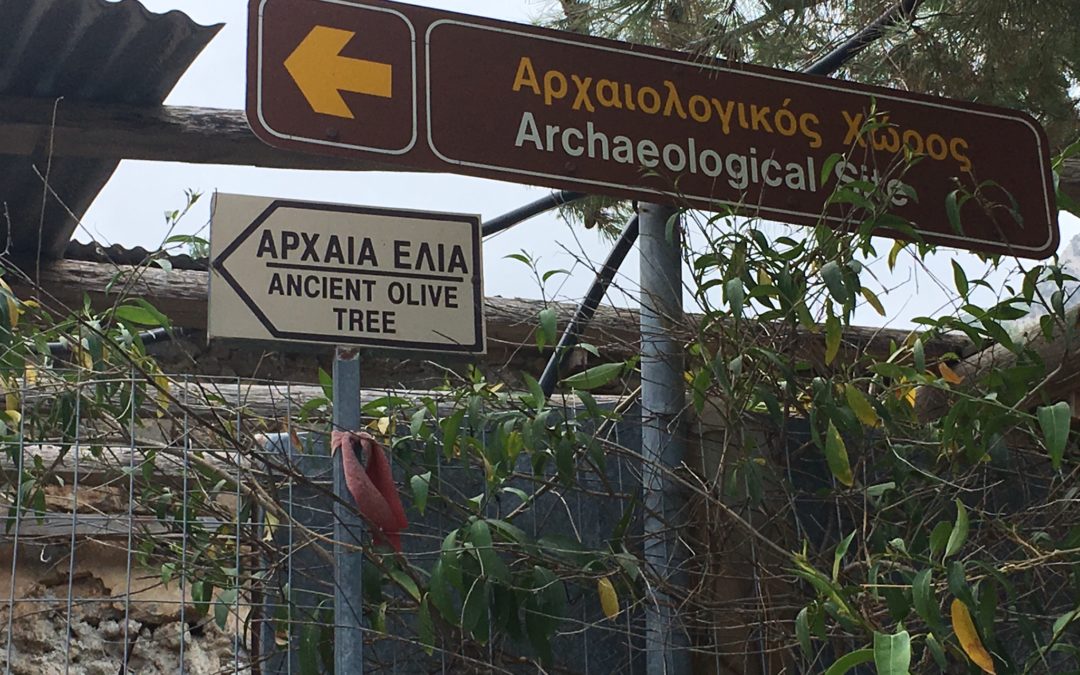The ancient olive trees of Kavousi in Eastern Crete. This area, up in the mountains at an elevation of circa 250m above sea level is home to a family of olive trees that date back to Minoan times.
The olive tree and olive oil are closely connected to Cretan mythology, history, tradition, religion, and art, as well as the social and economic life of Cretan people dating back 9.000 years. These days, olive groves cover almost 1/4 of the total area of Crete, dominating its natural environment and creating employment opportunties for almost the entire local agricultural population. The olive harvest takes place in winter months so it also provides an important source of seasonal employment for locals involved in the tourism sector in summer months.
Trees in this area are suggested to date back to the post-palatial Minoean period of Cretan history, the years 1350-1100 BC. The first documented evidence of making and using olive oil dates back to the Minoan period and many historians believe that the tradition of picking and pressing olives into olive oil originated in Crete, from where it spread across the Mediterranean belt. It is amazing that nearly 3500 years on, these trees are still visible for us to see and enjoy.

Ancient olive trees in Kavousi, Eastern Crete

